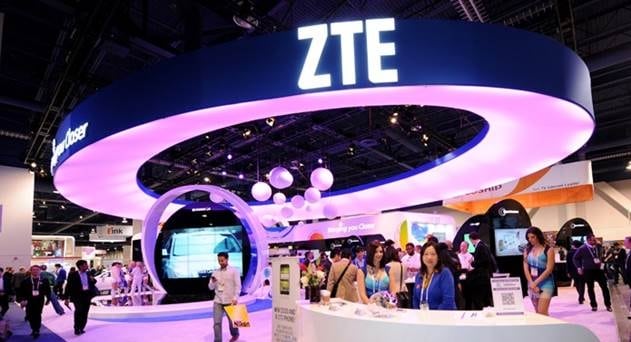China Mobile in partnership with ZTE announced the completion of the commercial deployment and multi-scenario test verification of 3D-MIMO (multiple input multiple output) in Jiaxing, China.
The companies jointly completed the 3D-MIMO field verification back in 2015. In 2016, 3D-MIMO pre-commercial verification was conducted in 29 provinces and 50 cities by both the companies.
Since end of last year, China Mobile and ZTE have started deploying a new generation of broadband 3D-MIMO base stations in Jiaxing and conducted verification tests in various scenarios, such as large-traffic scenarios in universities or 3D in-depth coverage in high-rise residential buildings, therefore achieving a significant level of performance.
According to ZTE, after the 3D-MIMO site was commissioned in Jiaxing, the cell throughput in busy hours has increased substantially and, consequently, improved the user experience. With the three carriers on the 3D-MIMO site, the downlink field rate reached 1Gbps, which is 3 times that of macro base stations (BS), and the uplink performance has significantly increased, with a peak rate of 237 Mbps, which is 8 times that of macro BS. By sharing the traffic of super-busy cells, the 3D-MIMO site reduces the resource occupancy of 8T macro-station cells and improves the service throughput in the coverage area.
Test results of the Jiaxing 3D-MIMO site showed that, compared to co-frequency 8T macro stations with the same coverage, the uplink and downlink spectrum efficiency of small-packet services (such as web page browsing and WeChat) is increased by 2–3 times on average, and the spectrum efficiency of large-packet services (for example file download) is even higher. Up to 800 commercial users were in the cell during the test, indicating that user perception can still be guaranteed even in large capacity case scenarios. By using the 3D beamforming technology and targeting users accurately, the 3D-MIMO base station also effectively suppresses interference, enhances the perception of users on cell edges, allows commercial users to stay online, and increases user traffic in the coverage area, thereby enhancing the economic benefits of the network.
The results of previously completed verification in high-rise scenarios shows that, compared with 8T macro stations on the same site, the 3D-MIMO base station provides vertical large-angle 3D coverage, with both the uplink and downlink rate gains of indoor weak and remote coverage points reaching 2–3 times. For the weak points in the cell edge, the gains are even greater. This indicates the outstanding in-depth coverage performance of 3D-MIMO, which is suitable for vertical coverage of high-rise buildings.




















